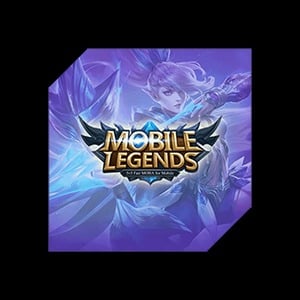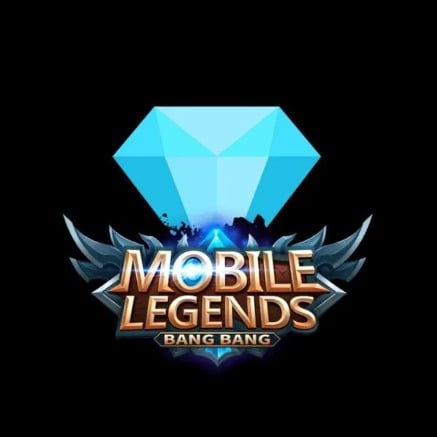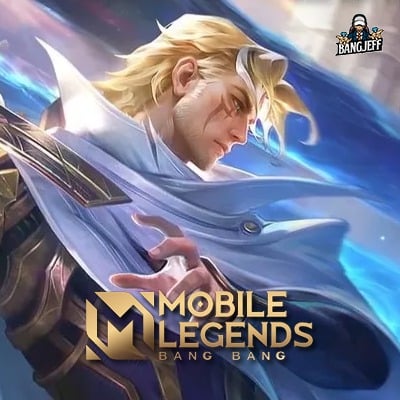Anime Terms You Must Know?
You must have felt confused when watching anime, suddenly there are some anime terms that you don't know.
As a result, you lose focus on understanding the storyline and keep wondering what the terms mean.
Cheapest MLBB Diamonds!


 RudyStorez
RudyStorez

 TopMur
TopMur

 RudyStorez
RudyStorez

 RudyStorez
RudyStorez

 RudyStorez
RudyStorez

 TopMur
TopMur

 BANGJEFF
BANGJEFF

 TopMur
TopMur

 TopMur
TopMur

 RudyStorez
RudyStorezNot to mention, there are several terms that are often said by the anime lovers community. If you don't know what they mean, the conversation that is being built can be stopped.
Of course, you don't want that to happen, right? Therefore, read this article that will discuss some of these anime terms until the end, okay!
Also read:
45 Types of Anime Terms That Often Appear

Citing various sources, here are some terms that often appear in anime:
- Anime: general term for anime from Japan. Covers a wide range of genres and styles such as TV series, movies, or OVAs,
- Voiced by: The term for voice actors in anime. Usually, Seiyuu often have many fans,
- Manga: The term for Japanese comics or graphic novels that are often the source of anime adaptations,
- Otaku: A term for someone who is very fanatical about anime, manga, or other Japanese pop culture.
- OVA (Original Video Animation): Amovies that are released directly in video format without being shown in cinemas or on TV,
- AMV (Anime Music Video): Fans who make music videos by taking several clips from anime and combining them with songs,
- Shonen: Anime or manga genre that targets teenage boys. Usually, featuring action, adventure, and friendship,
- Shojo: A genre that targets teenage girls. Usually, it focuses on romance and emotional relationships,
- Isekai: A subgenre where the main character suddenly transports himself to another world. Isekai is usually a fantasy world genre,
- Mecha: Genre that focuses on giant robots, whether controlled by humans or AI (Artificial Intelligence),
- Harem: A genre where the male main character is surrounded by several female characters who are interested in him,
- Reverse Harem: The opposite of a harem where the female main character is surrounded by men,
- Tsundere: Characters who initially act cold or rude change into gentle ones with feelings full of love,
- Yandere: A character who has a sweet and loving face, but has a dark side that is obsessive and possessive,
- Kuudere: A character who appears cold and emotionless, but actually has deep feelings,
- Dandere: A quiet and shy character, but can change to being more attentive when close to someone,
- Moe: Characters or elements that evoke feelings of affection or a desire to protect,
- Kawaii: Japanese term for something cute or adorable,
- Senior: Someone who is more senior, whether at school, work or other social situation,
- Kohai: Someone who is more junior or younger,
- Sensei: Teachers or instructors in various fields,
- Chibi: An art style depicting characters with small bodies and large heads,
- Bishounen: A term for a man who is handsome and has a refined appearance,
- Bishoujo: The term for a beautiful and attractive woman,
- Waifu: It is a term for considering a fictional female character as a partner by male fans,
- Husband: It is a term for referring to male characters as a couple by female fans,
- Neko: Characters from anime that have cat attributes such as ears, tails, or whiskers,
- Chemonomimi: Characters that have animal attributes such as ears, tails, or certain traits,
- Fanservice: Something done intentionally to please fans. Usually in the form of seductive scenes or clothing,
- OP (Opening): Opening song or opening sequence in anime,
- ED (Ending): Ending song or ending sequence in anime,
- Plot Armor: A term that indicates a situation where the main character is “immune” to danger or death due to plot necessity,
- Shoujo-ai: A genre that focuses on romantic relationships between women without any sexual elements,
- English: A genre that focuses on romantic relationships between men with sexual elements or known as Boy's Love (BL),
- Yuri: A genre that focuses on romantic relationships between women with sexual elements, known as Girl's Love (GL),
- Ecchi: A genre that features mild sexual elements, such as fanservice, but not to the level of pornography,
- Hentai: A term to describe anime or manga that explicitly contains pornographic elements,
- Filler: An episode or arc that is not included in the main story of the manga or novel that is the source of the anime adaptation.
- Canon: Everything that is included in the official part of the main story,
- Doujinsi: A comic or fan-made work of art, usually based on an existing character or story,
- Omake: Bonus or additional content in anime, manga, or DVDs. Usually, it contains funny scenes or interviews with voice actors,
- Genki: Characters who are always full of energy and enthusiasm, often become a source of joy in anime stories,
- Yokai: Supernatural creatures from Japanese folklore that often appear in anime or manga,
- Shinigami: The god of death in Japanese culture. Usually, appears in anime with supernatural themes,
- Root: A term often used in anime to mock characters who frequently make mistakes.
Well, those are some anime terms that you should know. That way, you can watch anime more enjoyable.
Not only that, some of the terms above can also help you to better understand conversations in the community and culture in Japan.
Also read:
Confused about finding a top up place that is fast, safe, cheap, and reliable? VCGamers Marketplace could be the right solution for your worries! Check it out now!








